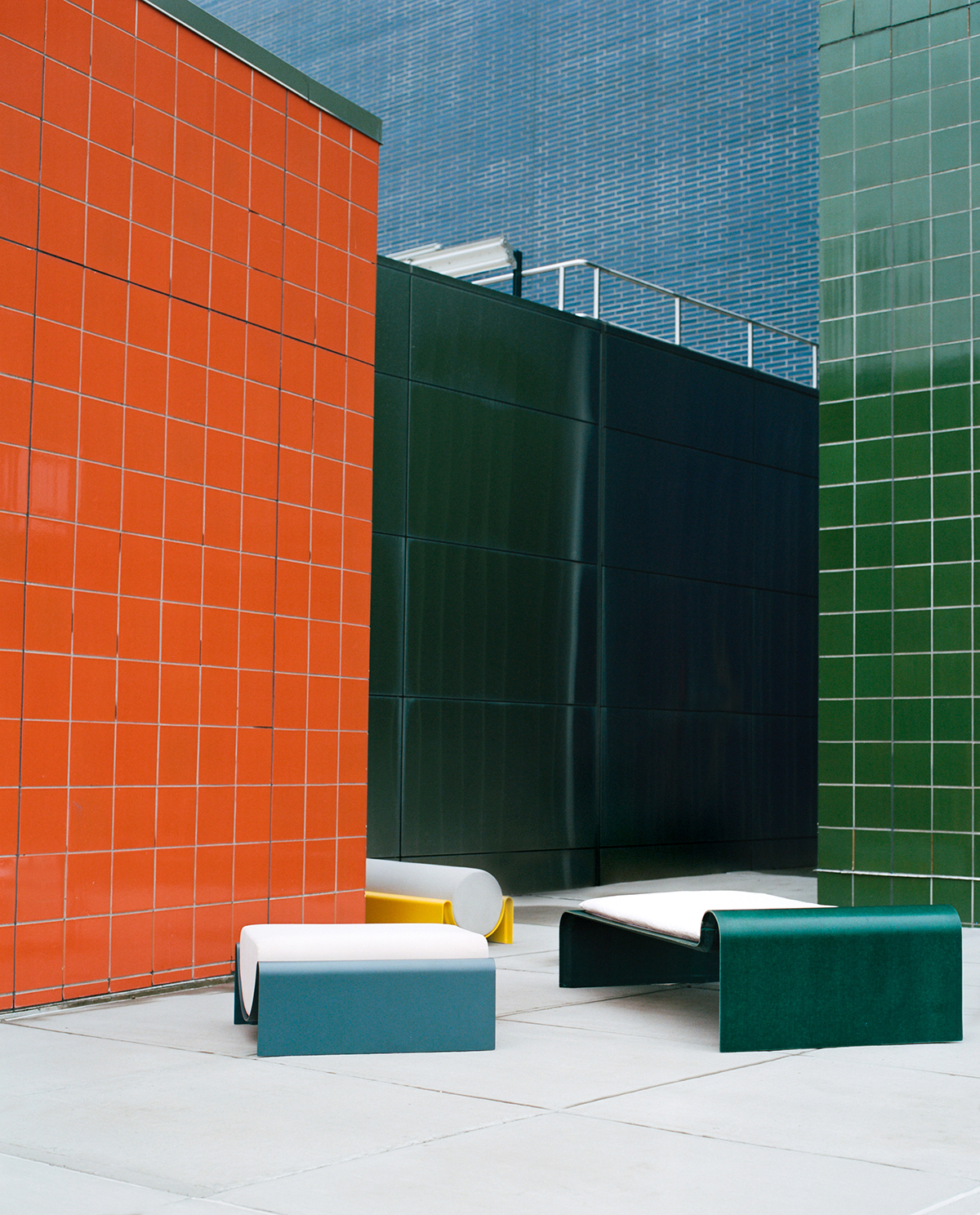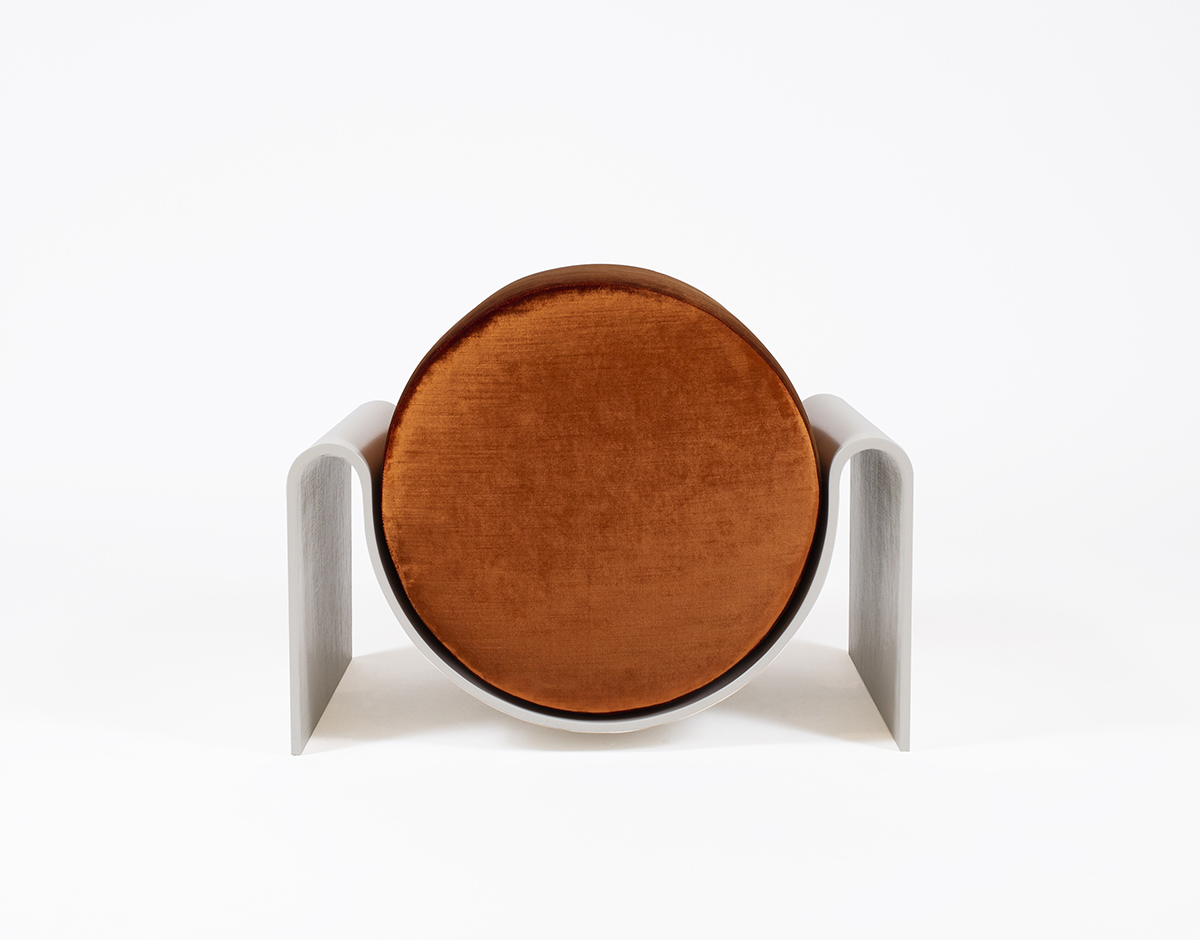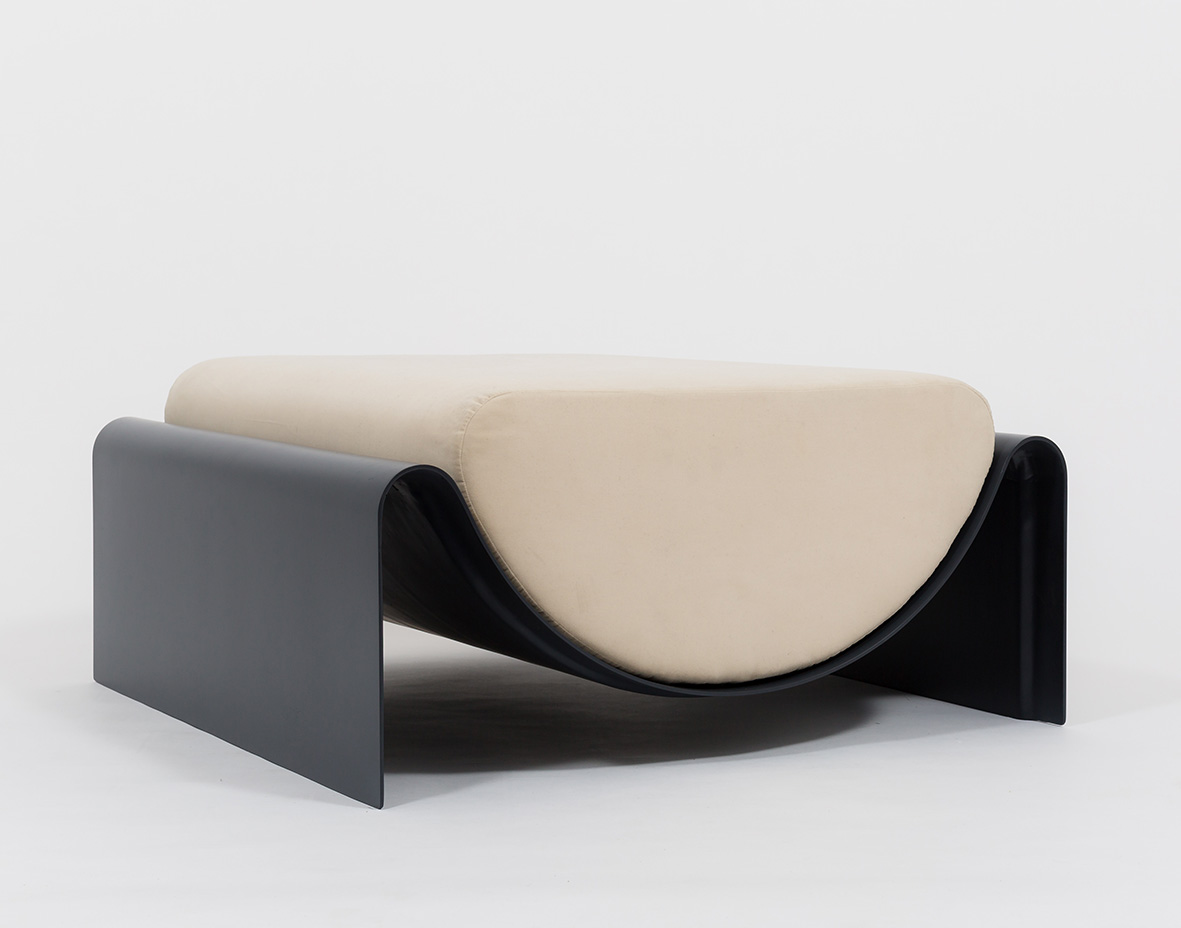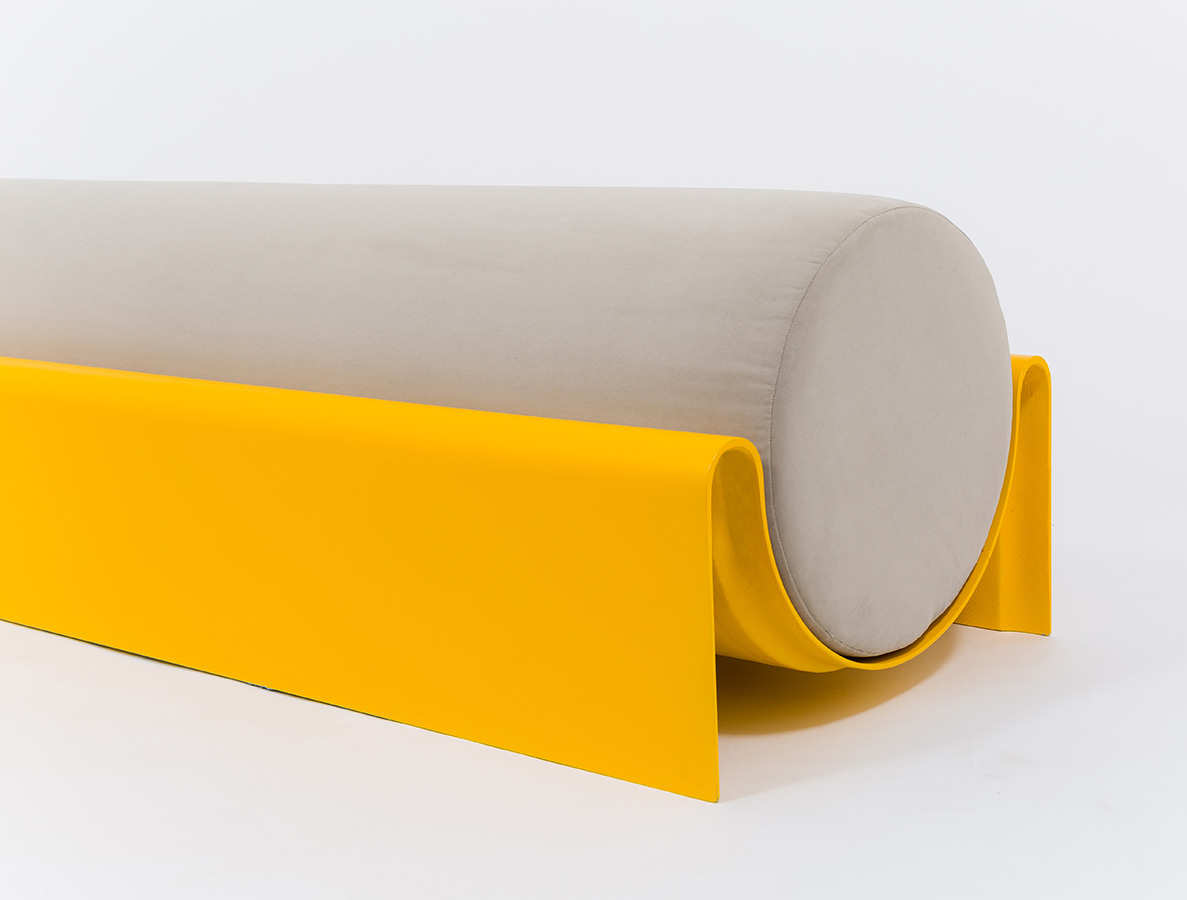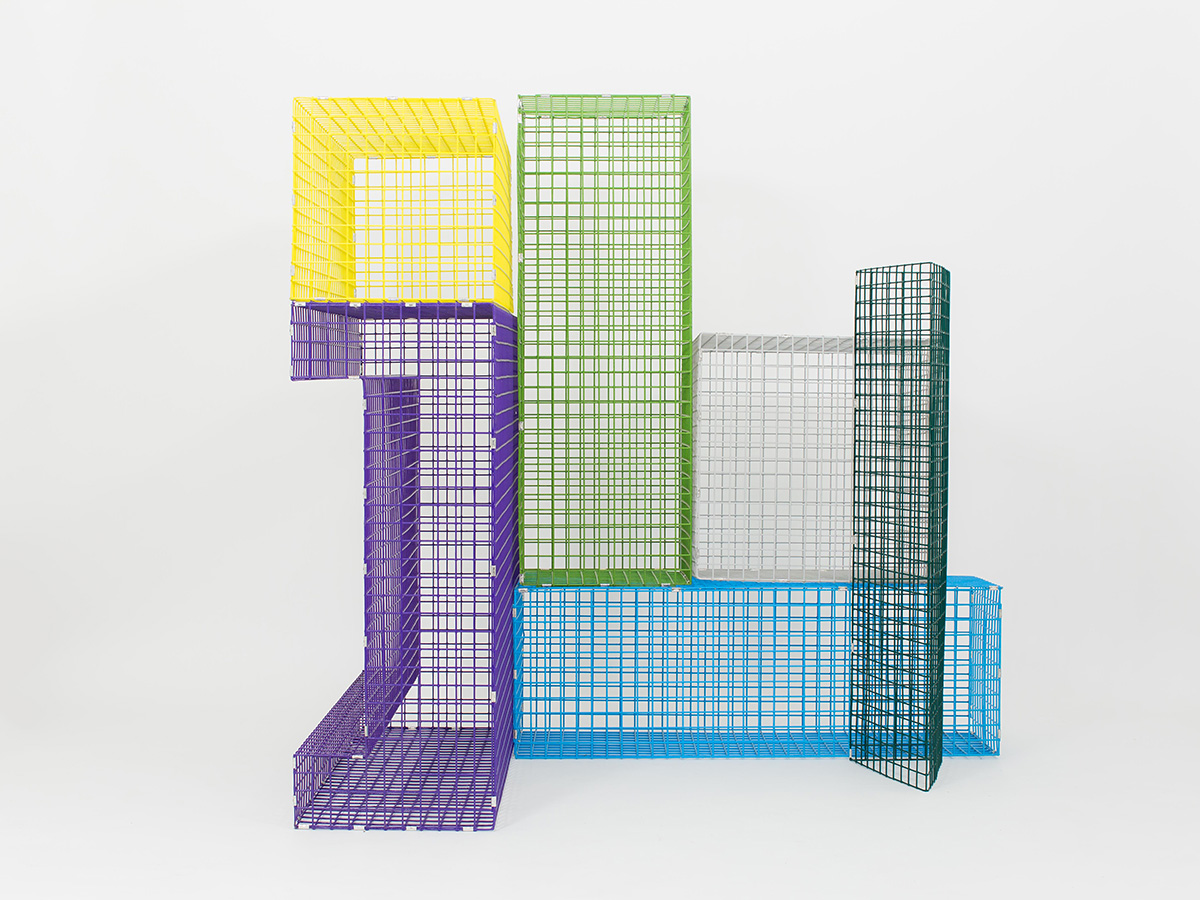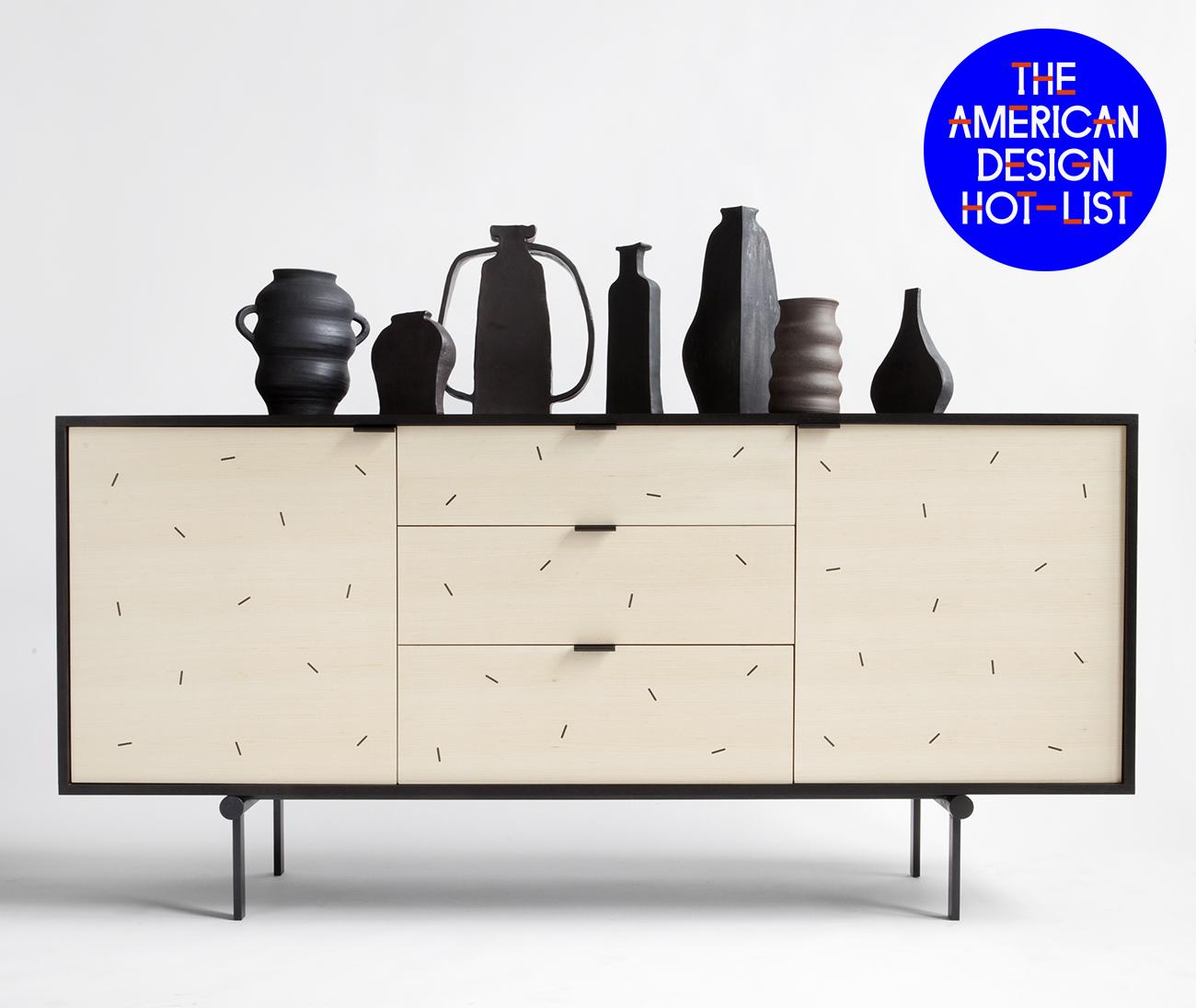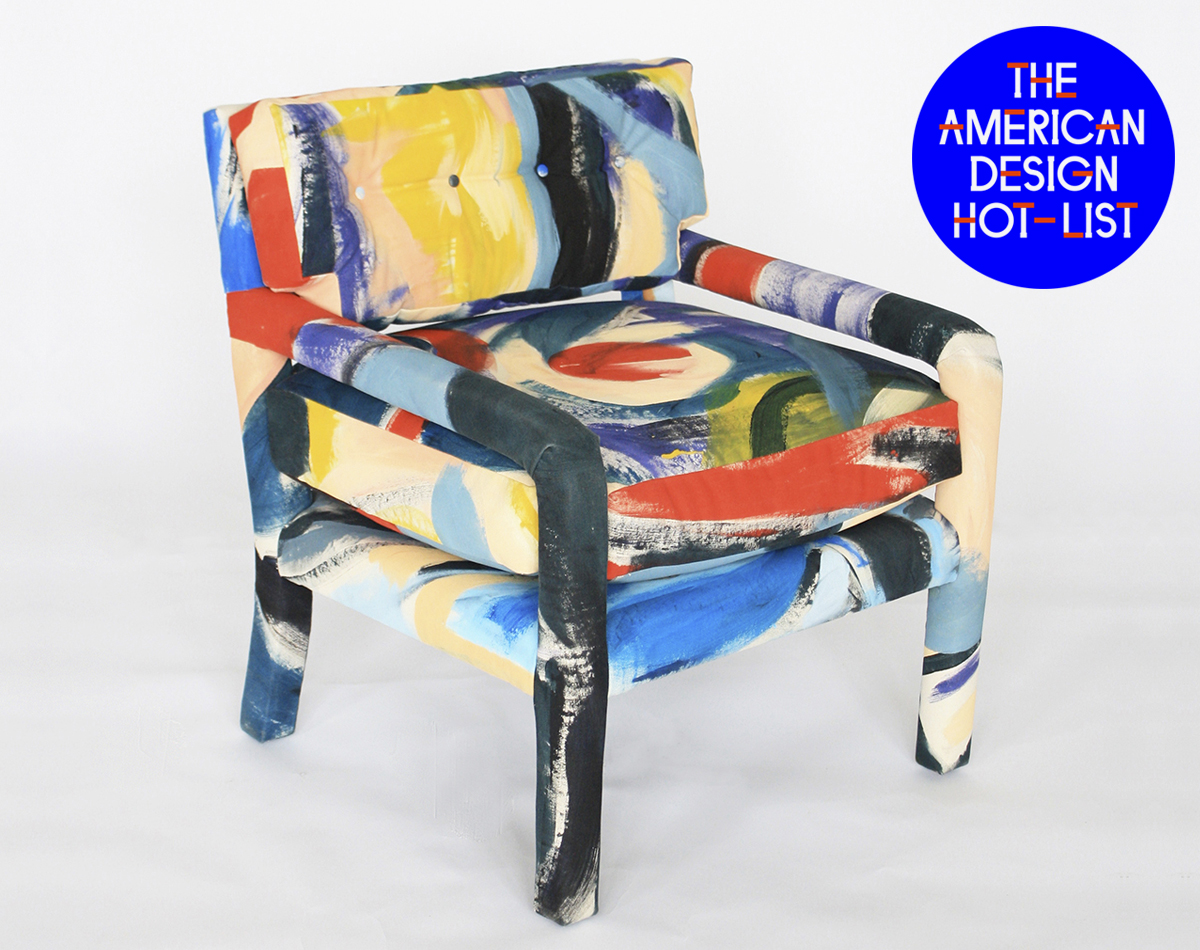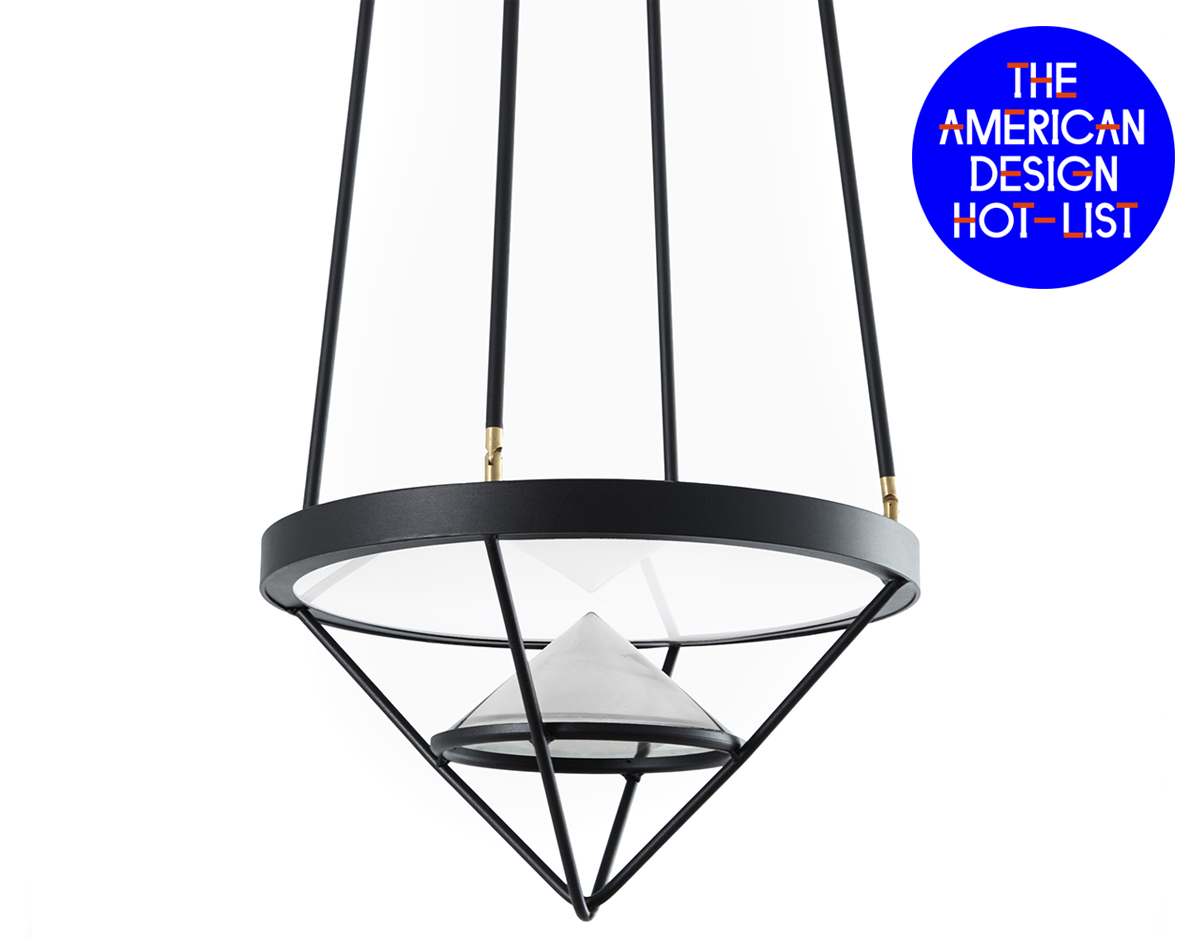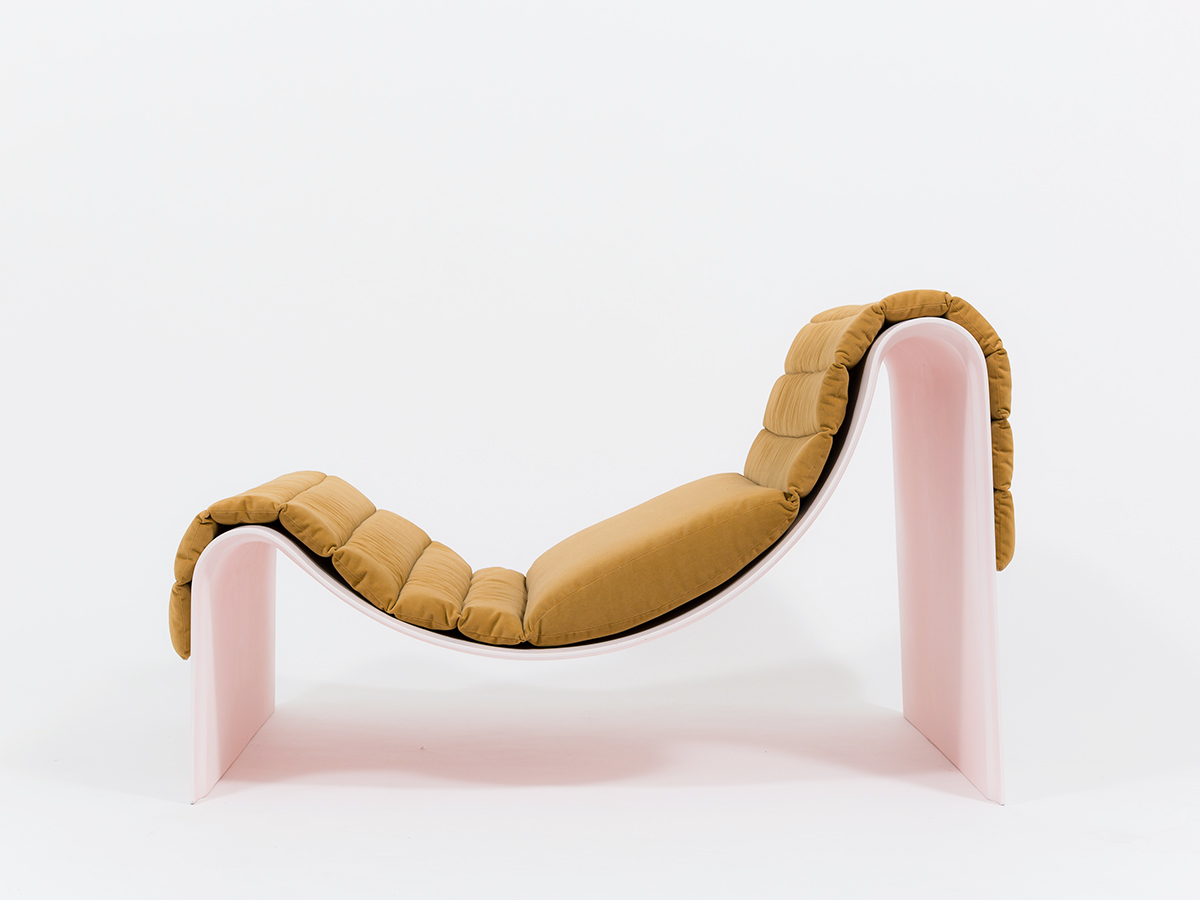
American Design Hot List 2018
Asa Pingree
New York, asapingree.com
Asa Pingree grew up building boats on an island off the coast of Maine, so it makes sense that for his breakout collection this year, he turned from woodworking to the material of his youth — fiberglass. By infusing each piece with graceful, unexpected curves and saturated colors, Pingree brings the material firmly into the 21st century.
What is American design to you, and what excites you about it?
You can’t look at the designers this list has highlighted for years now and not see the American scene as overflowing with talent. It’s an exciting group of self-starters really doing the hard work to keep making beautiful work. But ironically, the most exciting part of the American design scene is still a little under the radar. With social media, everyone can see your work almost as soon as you’ve even conceived of an idea. It’s made for a very visual medium, but objects need to be experienced. At the same time, the divide between the larger design industry and young independent designers persists. Scaling up production on your own is a huge hurdle, so it’s no wonder so many designers have decided to focus on the luxury market — why wouldn’t we, it’s both lucrative and exciting. But unfortunately, it means our work has less reach and I think it limits our impact because of that.
What are your plans and highlights for the upcoming year?
The highlight for me is always making new work and exploring variations on established pieces. We will certainly continue doing that; we have a lot to flesh out with our new collection and a few new dining tables, which is really our core business. Also — you receive inquiries every day about new projects and collaborations! It makes it a full schedule, full of unknowns, which I love. We are also part of a small co-working group of independent designers in Brooklyn looking to share resources and sales efforts. I find that really exciting. It’s hard for a creative trying to be an entrepreneur, but we’ve built a really supportive community looking to find a new model. The tools are there.
What inspires or informs your work in general?
Simplicity of design and a focus on function are a constant for me, but I’m also always in search of the point where my practical role as a designer is set aside and I’m allowed to explore and find what excites me for unexplained reasons. Balancing both sides is where I find the work both inspiring and hard. If it becomes too much about exploration it can really become all about yourself. At the same time, the function of a piece can be a tedious problem to solve, but that concern for someone else’s ownership is where empathy comes in and where the work becomes about problem-solving. Early Modernists did that so well, like Marcel Breuer and Alvar Aalto and so many others. They were guided by a holistic set of ideals, but they knew the work had to excite before it would have the enormous impact that it did. When design entices us or even seduces us into altering our behavior — that is a starting point worth striving for.
